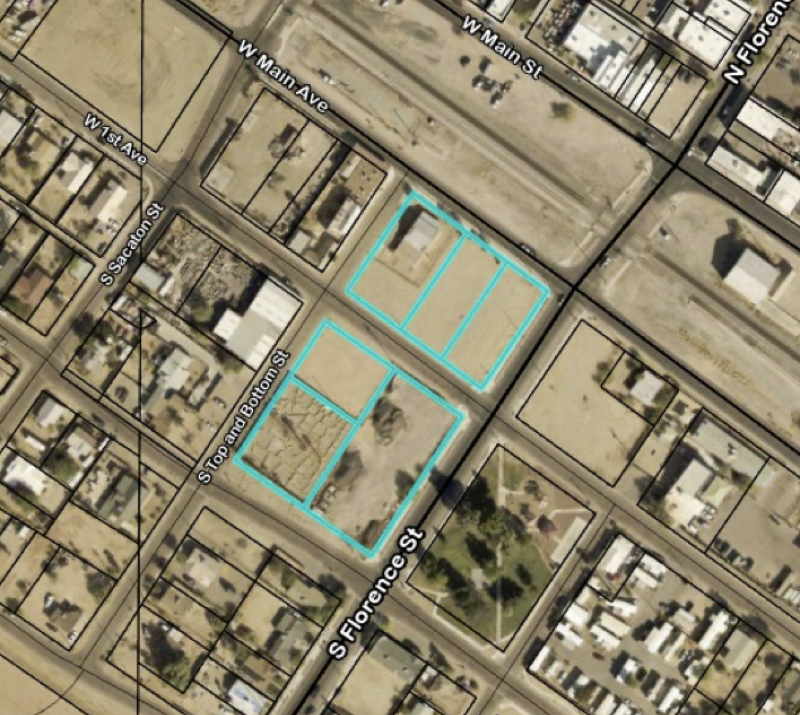By Ben Schiller | Fast Company | www.fastcoexist.com
 Credit score. Employment status. These are the kinds of factors that banks look into when they’re deciding whether to give you a home loan. A handful of new studies suggest that they should also be looking at sustainability.
Credit score. Employment status. These are the kinds of factors that banks look into when they’re deciding whether to give you a home loan. A handful of new studies suggest that they should also be looking at sustainability.
Whether someone defaults on their mortgage is normally associated with “hard” factors like unemployment and credit scoring. Sustainability hasn’t ever figured in anyone’s risk calculation (as far as we know).
But maybe it should. Two new studies show a strong connection between the sustainability of homes and the likelihood homeowners will pay their mortgages. The research should influence how mortgage providers think about clients.
A 5% increase in the proportion of residents walking decreased defaults by 15%.
The first, from a group at the University of North Carolina and the Institute for Market Transformation, looks at home energy efficiency. Examining a sample of 71,000 loans taken out between 2002 and 2012, the researchers found that homeowners who have properties with an Energy Star rating are one-third less less likely to default.
Cliff Majersik, executive director of IMT, says it could be that these homeowners have more cash to spare every month. Even the $250 they save from lower energy bills could make the difference between paying back the bank and falling foul, he says in a statement.
The second study, from Gary Pivo, a professor at the University of Arizona, is even more intriguing. Pivo reviewed 37,385 multi-family home loans from Fannie Mae’s database, subjecting each to seven sustainability tests using census data. For example: what proportion of people in the building walk to work? Is there a park nearby? Do residents take the train or subway?
Pivo found a strong relationship between the sustainability of the living arrangement and the likelihood of default, as Laurence Aurbach explains here. Increasing commute times raised default risk by 45%, for example. A 5% increase in the proportion of residents walking decreased defaults by 15%. Homes within one mile of parks were 32.5% less likely to be defaulted.
Pivo says in the paper:
Properties in less auto dependent residential locations … where 30.0% or more of the workers living in the area commute to work by subway or elevated train, were 58.0% less likely to default, compared to other locations, all else being equal.
This clearly suggests lenders should pay more attention to sustainability when making loans. “The results show that the sustainability features studied here may be used to improve the prediction of mortgage default,” he says.
Such research may also help make the case for both energy efficiency investment, and greener planning. If we know that certain homes are less likely to default, it makes sense to build more of them.
Originally posted at Fast Co. Exist








